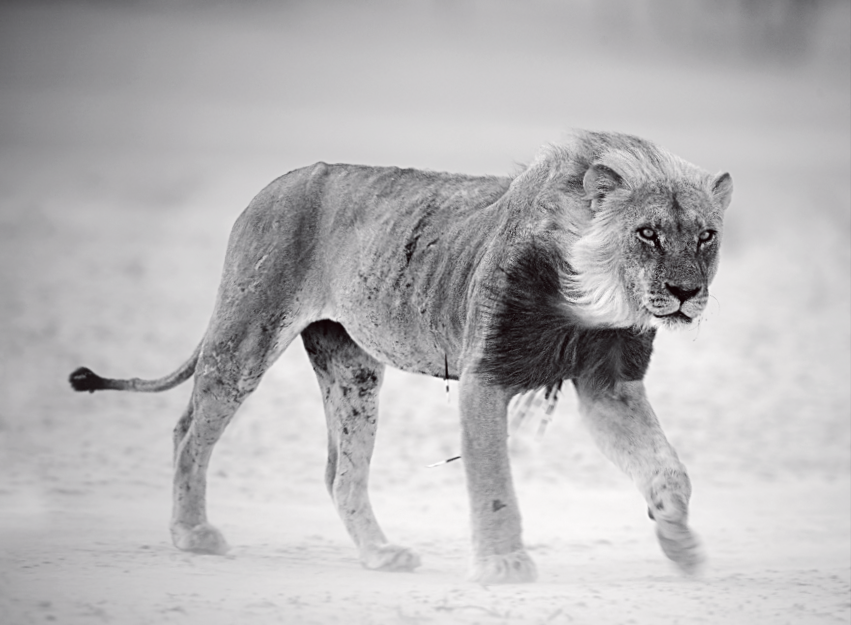
Dust Addiction
Share
I choose freedom. I choose deserts. I choose black-and- white photography. And that is why I choose Kgalagadi Transfrontier Park more often than most other photographic destinations. It lacks everything that most people desire: fresh food, beaches, the colour green, comfortable weather. But it has everything I need: tinned food, clean backgrounds, the smell of dust, and most importantly – friends. No other destination attracts such agreeable people – mostly photographers – as the Kalahari. In no other park’s campsites are people as nice. And at no other place does dust smell as good. This is the best place to sniff dust.
In the 30 years since I began going to the Kgalagadi, photography has exploded. Every vehicle now sports at least one large lens protruding from a window.
When I first visited the Kgalagadi, there were no long lenses. I recall seeing a white lens at a picnic site once, and I wandered closer to see what type it was. It turned out to be a 800mm f5.6. The jealousy! Then times were different. Then I could sit at a lion sighting just outside Twee Rivieren for a whole morning and not a single car would drive past the entire time. Today lion sightings are worse than out-of-order traffic lights in Johannesburg. And in the Kgalagadi there are no traffic officers on scooters to help reduce the congestion. Yet sometimes I still get that feeling of being alone, of being the only photographer in the Kgalagadi – especially up north close to Union’s End where few long lenses dare. There, close to the border of the Kgalagadi, are places stuck in time.
A few years ago my wife Dana and I spent two months in the Kgalagadi and we discovered Grootkolk. This is the place to be if you want to be alone. (But not when you are sick, as Dana discovered after a day of severe nausea possibly caused by eating boerewors that had been kept too long in the heat.)
While Dana was sick, she wanted to be left alone and so she chased me out of the camp. I spent the entire morning driving without seeing a single other person. That morning rates as one of the best wildlife experiences I have yet had.
While I was parked alone at a waterhole a severe dust storm engulfed the earth. In the dusty mist I saw a lone lion coming to drink. He was thin and old and wounded by porcupine quills. He walked towards me, stopped, and stared me down. That morning I made a strange, goosebumps connection with that starving beast. He seemed to be looking right through me, to the back of my skull.
I photographed him, returned to camp where Dana had recovered and the next day we left for Twee Rivieren. But I couldn’t get that lion out of my thoughts. His stare had engraved a message in my mind. We had made a connection.
Back at Twee Rivieren we returned to reality, stood around fires, talked about long lenses and stared into flames. A wind came up and lifted dust on to our hair, our faces and our meat on the fire.Staring into the embers, I was back at Grootkolk with the old lion – the mate of my soul. I could imagine it dying. I imagined dust gradually covering the loose skin and skeleton, and carving his body away. In my mind he became the dust that we breathed and sniffed. He was the dust we felt in our eyes, in our ears and on our lips. I could taste him between my teeth with the boerewors we ate that night.
That was when I made the choice. I choose life. I choose to sniff dust. I choose to see the ribs of wildlife. I choose dust and deserts. I choose the Kgalagadi.


